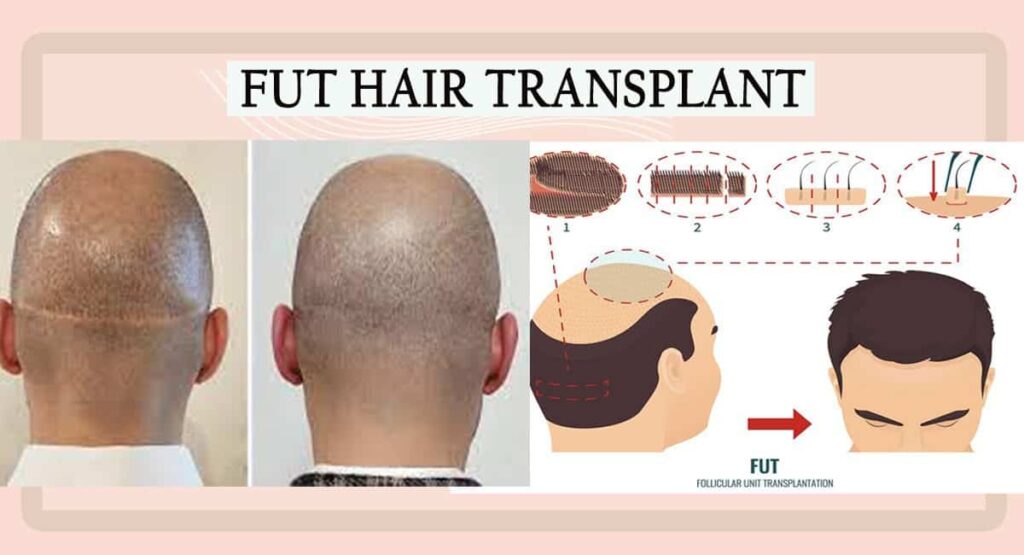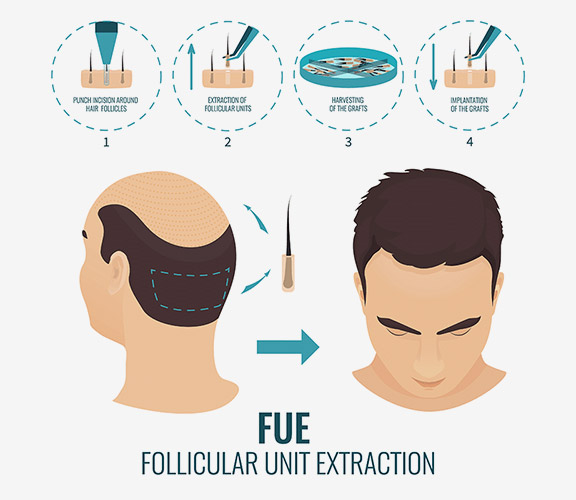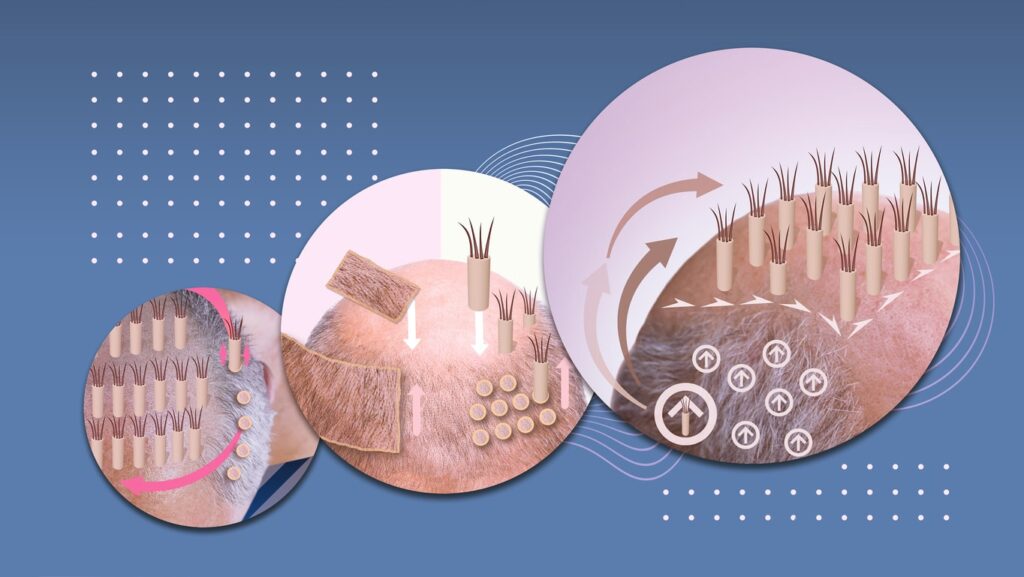Hair loss affects millions of people around the world, influencing not only their appearance but also their confidence and self-esteem. With technological advancements and growing interest in aesthetic treatments, hair transplant surgery has emerged as one of the most effective solutions for restoring hair and confidence. This guide will take you through everything you need to know about hair transplants—from causes of hair loss to different transplant techniques, post-procedure care, and expected results.
Understanding Hair Loss
Before diving into hair transplant techniques, it’s essential to understand why people lose their hair in the first place. Hair loss can result from a combination of factors, including:
- Genetics (Androgenetic Alopecia): The most common cause of hair loss, particularly in men.
- Hormonal Imbalances: Conditions like thyroid disorders, pregnancy, or menopause.
- Medical Conditions: Alopecia areata, lupus, scalp infections.
- Medications: Chemotherapy, blood pressure drugs, and antidepressants.
- Lifestyle Factors: Stress, poor nutrition, and lack of proper hair care.
- Trauma or Scarring: From burns, accidents, or surgical procedures.
For most individuals, especially men, hair loss is due to a hereditary condition known as male-pattern baldness, which often results in a receding hairline or bald spots.
What Is a Hair Transplant?
A hair transplant is a surgical procedure where hair follicles are removed from one part of the body (usually the back or sides of the scalp known as the donor site) and implanted into the thinning or balding areas (recipient site).
The goal is to redistribute healthy hair follicles to areas where hair has stopped growing. Once transplanted, these follicles grow naturally and can be treated like normal hair.
Who Is a Good Candidate?
Not everyone experiencing hair loss is a good candidate for a hair transplant. Ideal candidates typically include:
- Individuals with male or female pattern baldness.
- People with hair thinning but adequate donor hair.
- Patients who have lost hair due to burns or trauma.
- Individuals with realistic expectations about the outcomes.
Poor candidates may include those with widespread baldness, autoimmune conditions, or scalp diseases.
Hair Transplant Techniques
There are primarily three popular hair transplant techniques used today:
1. Follicular Unit Transplantation (FUT)
Also known as the strip method, FUT involves removing a strip of scalp from the donor area, usually the back of the head. This strip is then dissected under a microscope to extract individual follicular units (groups of 1–4 hairs). These units are then implanted into the balding areas.

Pros:
- High yield of grafts in a single session.
- Suitable for large areas of baldness.
- Often more affordable than other techniques.
Cons:
- Leaves a linear scar on the donor area.
- Longer healing time.
- More invasive than other techniques.
2. Follicular Unit Extraction (FUE)
FUE is a minimally invasive method where individual follicular units are directly extracted from the donor area using a tiny punch tool and implanted into the recipient area.

Pros:
- No linear scar.
- Faster healing and less downtime.
- Ideal for people who prefer short hairstyles.
Cons:
- Time-consuming and often more expensive.
- May not be suitable for large transplant sessions.
3. Direct Hair Implantation (DHI)
DHI is a modification of the FUE technique. It uses a special implanter pen (such as the Choi Implanter) that allows simultaneous extraction and implantation of hair follicles.
Pros:
- Higher precision during implantation.
- Less time follicles spend outside the body.
- No need to create recipient incisions separately.
Cons:
- Costlier due to advanced tools and skills required.
- Requires a highly trained medical team.
Other Emerging Techniques
- Robotic Hair Transplant (ARTAS): Uses AI-guided robots to extract and implant hair follicles, improving accuracy and speed.
- Stem Cell Hair Transplant (Experimental): Uses stem cells to regenerate hair, currently under clinical research.
- Synthetic Hair Implant: Uses artificial fibers; results are temporary and often carry a higher risk of complications.
The Procedure: Step-by-Step
While the exact steps vary slightly depending on the technique, a standard hair transplant procedure includes:
1. Consultation and Evaluation
- Detailed scalp analysis.
- Discussion of medical history and expectations.
- Hairline design and density planning.
2. Preparation
- Cleaning and shaving the donor and recipient areas.
- Administration of local anesthesia.
3. Extraction
- For FUT: Strip of scalp removed.
- For FUE/DHI: Follicles extracted individually.
4. Preparation of Grafts
- Technicians clean and prepare follicles for implantation.
- Grafts are sorted based on the number of hairs they contain.
5. Implantation
- Micro incisions are made in the recipient area (unless using DHI).
- Grafts are placed following the natural angle and direction of hair growth.
6. Post-Surgery
- Scalp is cleaned and bandaged.
- Instructions provided for recovery and care.
Recovery and Aftercare
The recovery process is crucial to ensure the success of a hair transplant.
Immediate Post-Op (1–3 Days)
- Mild pain, redness, and swelling.
- Avoid touching or scratching the scalp.
- Sleep with head elevated.
Short-Term (1–2 Weeks)
- Formation of small scabs.
- Shedding of transplanted hair (normal).
- Resume light activities; avoid strenuous exercise.
Long-Term (1–12 Months)
- New hair starts growing from 3–4 months post-surgery.
- Full results visible in 9–12 months.
- Follow-up visits to monitor progress.
Care Tips:
- Use mild shampoo as prescribed.
- Avoid smoking and alcohol.
- Protect the scalp from direct sunlight.
Risks and Complications
While generally safe when performed by experienced professionals, hair transplants can come with some risks:
- Infection: Due to poor hygiene or aftercare.
- Scarring: More likely with FUT.
- Shock Loss: Temporary loss of surrounding hair.
- Uneven Growth or Low Density: Poor planning or technique.
- Cysts or Ingrown Hairs: Rare but possible.
Choosing a reputable clinic and following all aftercare guidelines can minimize these risks.
Cost of Hair Transplant
The cost of a hair transplant varies based on:
- Technique Used: FUT is usually cheaper than FUE or DHI.
- Number of Grafts Required: More grafts mean higher costs.
- Clinic Location and Reputation: Prices vary by country and surgeon expertise.
On average:
- FUT: $3,000 to $7,000
- FUE: $5,000 to $15,000
- DHI: $6,000 to $20,000
Some countries like Turkey, India, and Thailand offer affordable procedures without compromising quality, attracting many international patients.
Expected Results
Hair transplant results can be life-changing, but patience is key. Here’s a rough timeline:
- 1–3 Months: Shedding of transplanted hairs.
- 4–6 Months: New hair begins to grow.
- 6–9 Months: Noticeable density improvements.
- 12 Months: Full results and natural hair growth.
Transplanted hair behaves like natural hair and can be cut, styled, or even dyed.
FAQs
Q: Is the procedure painful?
A: Most patients report minimal discomfort thanks to local anesthesia. Slight soreness may occur afterward.
Q: Can women get hair transplants?
A: Yes, though the approach may differ. Female pattern hair loss often requires a different strategy.
Q: How long do the results last?
A: Transplanted hair is usually permanent, though aging or new hair loss in untreated areas may occur.
Q: Will people notice I had a transplant?
A: Modern techniques produce natural-looking results. If done well, it’s hard to detect.
Q: Are touch-up procedures necessary?
A: Sometimes, especially if hair loss progresses or for improved density.
Conclusion
Hair transplant surgery offers a safe, effective, and increasingly popular solution to combat hair loss. With options like FUT, FUE, and DHI, individuals can now choose a technique that best suits their hair type, budget, and desired outcomes. However, success depends heavily on choosing a qualified surgeon, realistic expectations, and diligent post-procedure care. If you’re considering a hair transplant, schedule a consultation with a board-certified specialist to assess your suitability and plan your hair restoration journey with confidence.







